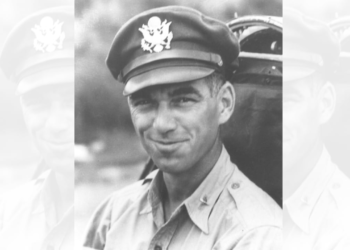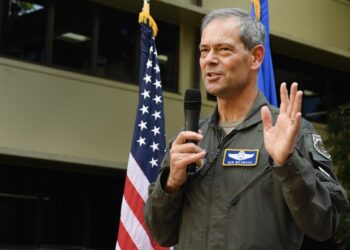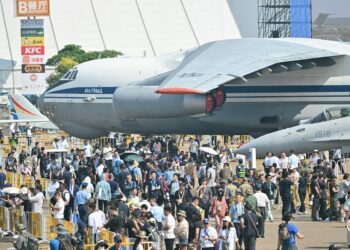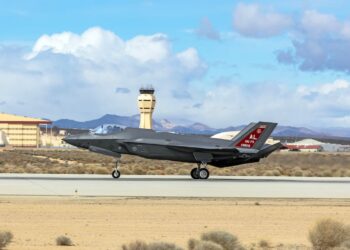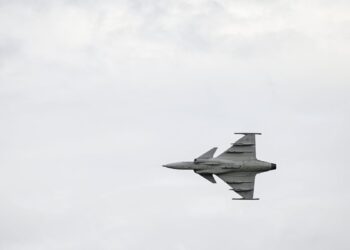The second of the U.S. Air Force’s two prototype drone wingmen, known as collaborative combat aircraft (CCA), began flight testing on an unidentified California test location on a Friday, as announced by the Air Force. This occurred after the first flight of its counterpart, the YFQ-42A made by General Atomics, which took place in August.
Air Force Secretary Troy Meink emphasized the significance of this milestone, stating, “This milestone demonstrates how competition drives innovation and accelerates delivery.” He highlighted that these flights provide essential data needed to shape requirements, reduce risk, and ensure the CCA program develops combat capabilities to keep pace with emerging threats.
The Air Force aims to build a fleet of at least 1,000 artificial intelligence-driven, semiautonomous CCAs that will operate alongside manned aircraft including the F-22, F-35, and the sixth-generation F-47 fighter jets. The drones are envisioned as cost-effective extensions of the fighter fleet, capable of performing various missions such as strikes, reconnaissance, and electronic warfare.
In April 2024, the Air Force awarded CCA contracts to Anduril and General Atomics, with both companies commencing ground testing of their production-representative prototype models in May 2025. A production decision for one of these CCAs is anticipated within the current fiscal year.
At the Air & Space Forces Association’s conference held in September, Anduril officials noted that they focused on ensuring the CCA’s first flight was semiautonomous rather than remotely piloted, which required additional time to refine the autonomy software. However, they expect that achieving this milestone early will expedite the overall testing process.
Jason Levin, Anduril’s Senior Vice President of Engineering for Air Dominance and Strike, explained that through flight testing, they are developing collaborative manned-unmanned teaming concepts and tactics, which will inform how such autonomous aircraft are integrated and operated. Levin asserted that all taxi and flight tests of the YFQ-44A have been, and will continue to be, semiautonomous, stating, “This is a new age of air power. There is no operator with a stick and throttle flying the aircraft behind the scenes.”
Anduril reported that it has transitioned from a clean-sheet design to flight testing of the CCA in just 556 days, marking a swift progression of less than two years.
Stephen Losey serves as the air warfare reporter for Defense News and has previously covered various defense topics, including U.S. Air Force operations in the Middle East.

